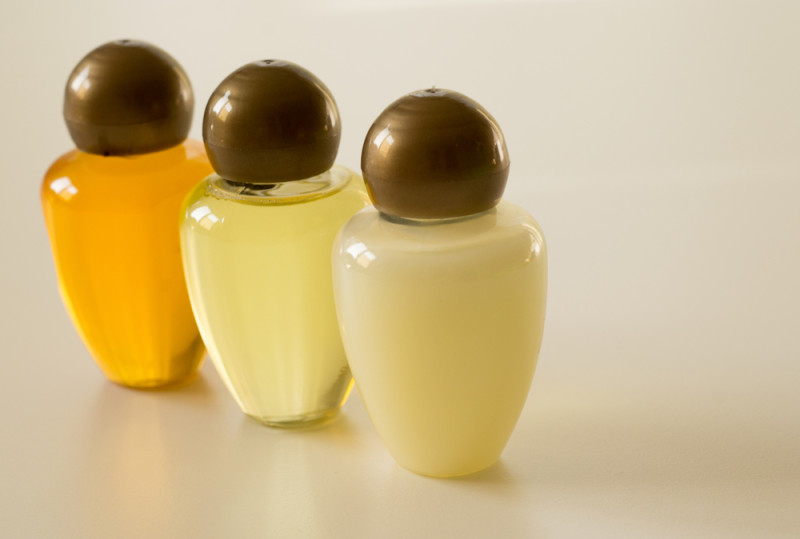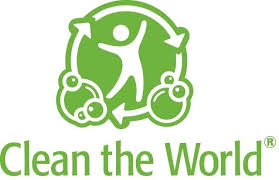What DOES Happen to Half-Used Hotel Soap and Shampoo?

When I was researching shelters for my recent post on how to diminish your collection of travel size hotel amenities, I also looked into recycling half-used hotel toiletries. I felt like I had seen something about this on SPG TV a few years ago, but only had a vague impression.
 I was happy to find the April article in USA Today talking about how successful Clean the World has been in partnering with hotel chains to salvage half used bottles and bars.
I was happy to find the April article in USA Today talking about how successful Clean the World has been in partnering with hotel chains to salvage half used bottles and bars.
Participation is on an individual hotel basis and relies heavily on the housekeepers — who need to put partially-used products in special bins. From there it goes to the Clean the World headquarters where it is either sterilized and repackaged, or if it’s mostly used, it’s combined with other pieces then sterilized, melted down, and reformed. From there it’s shipped out to poorer countries where hygenic products are in scarce supply/unaffordable.
Now I have no idea if this model is cost-effective, or if it would actually be cheaper to apply those resources and funds to purchasing new products to send over, but as long as they’re only using private and not government funding to accomplish their aims, I really like the idea of something good coming out of the soaps I’m leaving behind.
I was also excited to see this initiative is world wide! Sands China, whose collections of monster hotels in Macau which I visited in July, collected over two tons (over 4400 lbs) of used soaps and shampoos since June!

The Airlines ran into the problem of massive soap waste in the late 1980s. Bathroom habits changed and passengers no longer wanted a used soap bar. Acorn Export, Inc of Laguna, Niguel California invented YANKS SOAP Leaves for Airlines. Each individually wrapped soap leaf was dispensed from a cartridge in the same soap slot previously used by mini soap bars. It was shown at the Paris Air Show circa 1988 and USAir was the first airline to use it fleet wide. The savings of soap bar waste was estimated at 90,000 pounds per year ! Each tiny bar of leaf soap was the thickness of wax paper and dissolved into soapy lather when water was added. Two patents were issued and the all biodegradable packaging and dispensing system received awards and was written about in USA Today and The Wall St Journal. The product was later replaced when American Airlines began using liquid soap from the first reliable and low cost plastic soap pump type dispenser. Leaf soap (sometimes called paper soap) can still be purchased but it never regained the millions of usages per year when the airlines switched to liquid soap.
I had no idea! That’s really cool.
Why’s it matter if they’re using government funding or private funding?
Because if they’re using government funding, then taxpayers are paying for it, so it better be an efficient use of our money. If it’s someone else’s money, who cares what they do with it.
I’m guessing because if its publicly funded you would want a lot more effort to go into determining if its easier to recycle used soap or to just make more.
Your parent’s tax dollars.
Because if the system isn’t as cost effective as possible and it’s privately funded the public aren’t going to be seeing the consequences of that. If it were government funded then that would be your taxes going toward a system that isn’t as cost effective as it could be rather than a more effective alternative.
I currently work at a well known hotel, have worked at another well known one and one small hotel. None of the hotels I have worked at have done this.
Wow, I never considered that soap could be recycled. That’s one more way that people can support the environment and reduce waste. I personally often have left over soap chips as well; I wonder if there are any consumer options for this recycling as well.